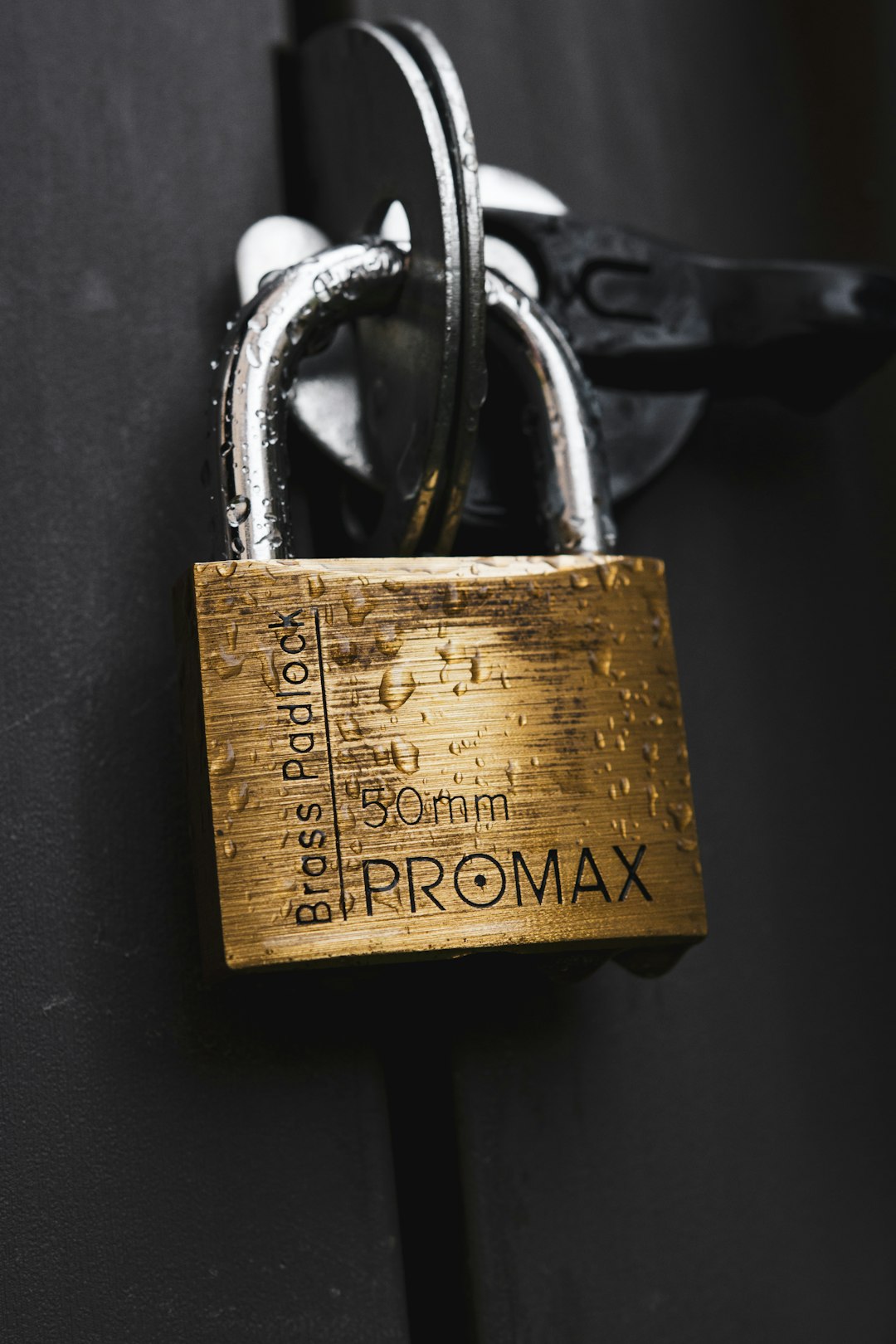SSL errors in Google Chrome can be frustrating, preventing you from accessing certain websites due to security concerns. These errors typically indicate that a site’s SSL certificate is invalid, expired, or misconfigured. Thankfully, you can troubleshoot and resolve these issues with a few simple steps.
What Causes SSL Errors in Chrome?
SSL errors can occur due to various reasons, including:
- An expired or invalid SSL certificate on the website.
- Your system’s date and time being incorrect.
- Issues with your browser’s cache or SSL state.
- An outdated version of Chrome.
- Security software or firewall interfering with SSL connections.

How to Fix SSL Errors in Chrome?
Here are several methods to resolve SSL errors and regain access to affected websites.
1. Check Your Device Date and Time
Incorrect system date and time settings may cause SSL certificate validation issues. To fix this:
- Go to your computer’s date and time settings.
- Enable automatic date and time synchronization.
- Restart Chrome and try accessing the website again.
2. Clear Browsing Data and SSL State
Cached data can sometimes interfere with SSL certificates. Clearing your browsing data can help:
- Open Chrome and go to Settings > Privacy and security > Clear browsing data.
- Select Cookies and other site data and Cached images and files.
- Click Clear data and restart Chrome.
You can also clear the SSL state:
- Press Win + R, type
inetcpl.cpl, and hit Enter. - Go to the Content tab and click Clear SSL State.
- Restart Chrome and check the site again.
3. Update Google Chrome
Using an outdated version of Chrome may result in SSL errors. To update:
- Click on the three-dot menu in Chrome.
- Go to Help > About Google Chrome.
- If an update is available, install it and restart the browser.
4. Disable Chrome Extensions
Some browser extensions might interfere with SSL certificates. Try turning off extensions:
- Go to chrome://extensions/.
- Disable extensions one by one and check if the error disappears.
- If a specific extension causes the problem, consider removing it.

5. Check Firewall and Antivirus Settings
Security programs often scan SSL certificates and may block certain websites. To troubleshoot:
- Temporarily disable your antivirus and firewall.
- Try accessing the site again.
- If the issue is resolved, add an exception for the site in your security software.
6. Bypass SSL Error Temporarily (Not Recommended)
If you urgently need to access a website, you can bypass SSL warnings:
- Click on Advanced on the SSL warning page.
- Select Proceed to [website] (not secure).
Note: This method is risky as it exposes you to potential security threats. Use it only if you trust the website.
7. Reset Chrome Settings
If the error persists, resetting Chrome may help:
- Go to chrome://settings/reset.
- Click Restore settings to their original defaults.
- Confirm the action and restart Chrome.
Final Thoughts
SSL errors in Chrome are often caused by minor issues that can be fixed using the above methods. Ensuring that your browser, system, and security settings are up to date can prevent future occurrences. However, always be cautious when bypassing SSL warnings, as they indicate potential security risks.



